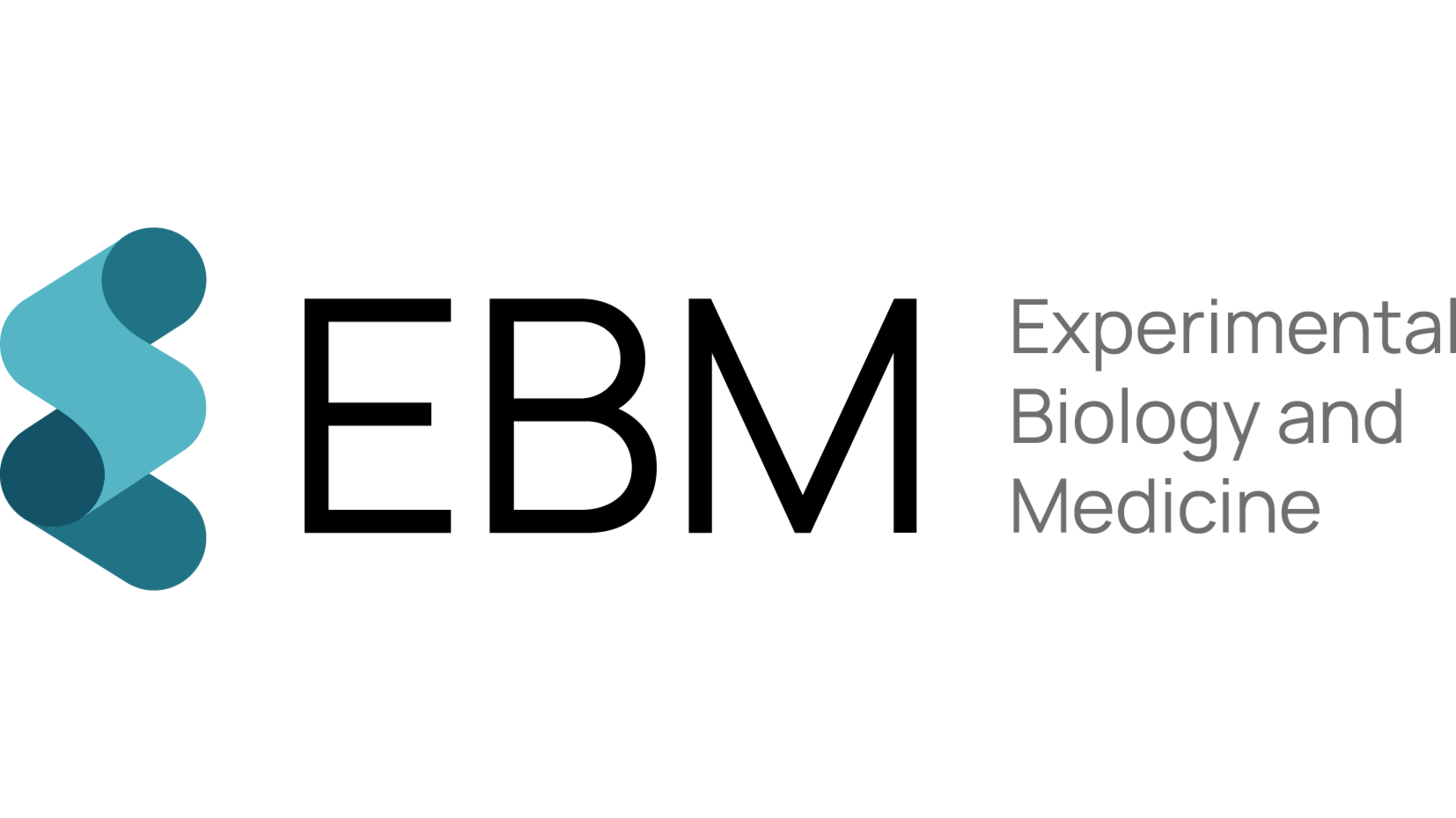WASHINGTON, DC / ACCESSWIRE / July 15, 2024 / A recently published article in Experimental Biology and Medicine (249:2, 2024) titled “Weighted gene co-expression network analysis reveals immune evasion related genes in Echinococcus granulosus sensu stricto” highlights new molecular targets in the medical treatment of Cystic echinococcosis. The study, led by Dr. Rodolfo Paredes, at Universidad Andres Bello (Chile), reports the first evidence of distinct gene expression networks in protoscoleces from different organs.
Cystic echinococcosis (CE) is a significant zoonotic disease caused by the tapeworm Echinococcus granulosus, affecting various intermediate hosts, including livestock and humans. The disease manifests through the formation of cysts in the viscera, particularly the liver and lungs. Understanding the molecular mechanisms governing parasite-host interactions and immune evasion is crucial for developing effective control and treatment strategies. This is the focus of research in Dr. Rodolfo Paredes’s laboratory at the Veterinary School of the Life Science Faculty at Universidad Andres Bello in Santiago, Chile.
Dr. Paredes and colleagues employ Weighted Gene Co-expression Network Analysis (WGCNA) on RNAseq data from Echinococcus granulosus protoscoleces, a parasite structure found inside liver and lung cysts. They identified 34 gene modules in protoscoleces of liver origin, with 12 showing differential co-expression compared to those of lung origin. Key hub genes related to immune evasion, such as tegument antigen, ubiquitin hydrolase isozyme L3, and COP9 signalosome complex subunit 3, were discovered. This is the first evidence of distinct gene expression networks in protoscoleces from different organs, highlighting the influence of the microenvironment on parasite development and immune evasion.
Dr. Paredes said, “Our research uncovers the intricate gene networks that Echinococcus granulosus sensu stricto utilizes to evade the host’s immune system, offering potential new targets for medical intervention.” Dr. Christian Hidalgo, a co-investigator, added, “The differential gene expression in protoscoleces from liver and lung cysts underscores the importance of considering organ-specific environments in developing effective treatments for cystic echinococcosis.” Dr. Ismael Pereira, a co-investigator, stated, “This study marks a significant advancement in our understanding of the molecular mechanisms of Echinococcus granulosus, paving the way for novel therapeutic strategies.”
Dr. Goodman, Editor-in-Chief for Experimental Biology and Medicine, said: “This pioneering application of WGCNA to Echinococcus granulosus protoscoleces reveals crucial insights into the parasite’s immune evasion strategies. The identified co-expression networks and hub genes provide new potential molecular targets for medical interventions. These findings have significant implications for improving control strategies and therapeutic approaches for cystic echinococcosis, a neglected disease, and emphasizes the need for organ-specific treatments.”
Experimental Biology and Medicine is a global journal dedicated to the publication of multidisciplinary and interdisciplinary research in the biomedical sciences. The journal was first established in 1903. Experimental Biology and Medicine is the journal of the Society of Experimental Biology and Medicine. To learn about the benefits of society membership visit www.sebm.org. If you are interested in publishing in the journal, please visit https://www.ebm-journal.org/journals/experimental-biology-and-medicine.
For further information, please contact [email protected]
Contact Information
Benjamin Zimmer
Assistant to the Editor in Chief
[email protected]
SOURCE: Experimental Biology and Medicine
View the original press release on newswire.com.



)






